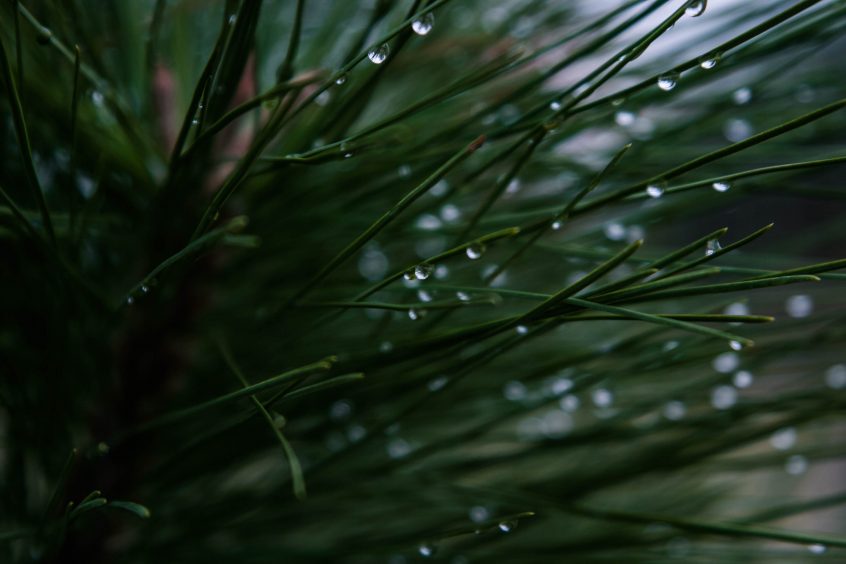Wildfires remain a concern in Washington state in spite of rainy weather in recent days and less fire activity, say weather experts. The Seattle Times reports that even though July has been slightly wetter than normal, it’s not enough precipitation and moisture to impact the wildfire season overall.
Said meteorologist Dana Felton:
“It’s slowing things down, and we’ve seen a lot less fire activity this year than the last couple of years. But the region remains drier than normal and in the whole big scheme of things, it’s not really enough.”
This comes at a time when Washington residents are growing increasingly concerned about wildfires and scientists say poor air quality from forestland blazes will be a part of Pacific Northwest summers in the foreseeable future. A Canadian publication cited forest fire ecologist Robert Gray predicting that “it’s going to get worse” and that people in the Pacific Northwest, which includes British Columbia, can “expect fire in the woods and smoke in the air for decades to come.”
Said Gray:
“Well, if you haven’t gotten concerned for the last two years, then you’d better buckle up, because this is what is likely going to be happening on a regular basis. And it’s happening sooner, where we’re going to get, out of every 10 years, we’re going to get the odd blip year where we don’t get these kinds of conditions or they’re modified. But this is what the future looks like, and, if anything, it’s going to get worse than this. So, if anyone hasn’t gotten the message yet, they’d better get it now.”
In Washington state, privately-owned forests have provided leadership and insights on reducing catastrophic wildfire risk and promoting policies that support strong, resilient forests. In partnership with state lawmakers and state agencies, timberland owners have shared their experiences living in fire country to help promote proven-effective and practical approaches to reducing the severity of forest blazes.
Effective fire management strategies like selective harvesting, thinning treatments and pruning practices help to thin out forests crowded with too many trees and undergrowth and also help prevent the rapid spread of wildfire. Prescribed burns can help remove accumulated forest fuel and provide protection against future wildfires. Also, fuel breaks can help reduce the severity and size of wildfires.
To learn more about wildfire prevention, the US Forest Service has created a video that describes various proactive risk management tools. Also, WorkingForests.org has created a resource page that offers tips on reducing catastrophic wildfires and what we all can do to prevent and diminish the impacts of wildfire whether we live near rural forestlands, suburban enclaves or in urban areas.
